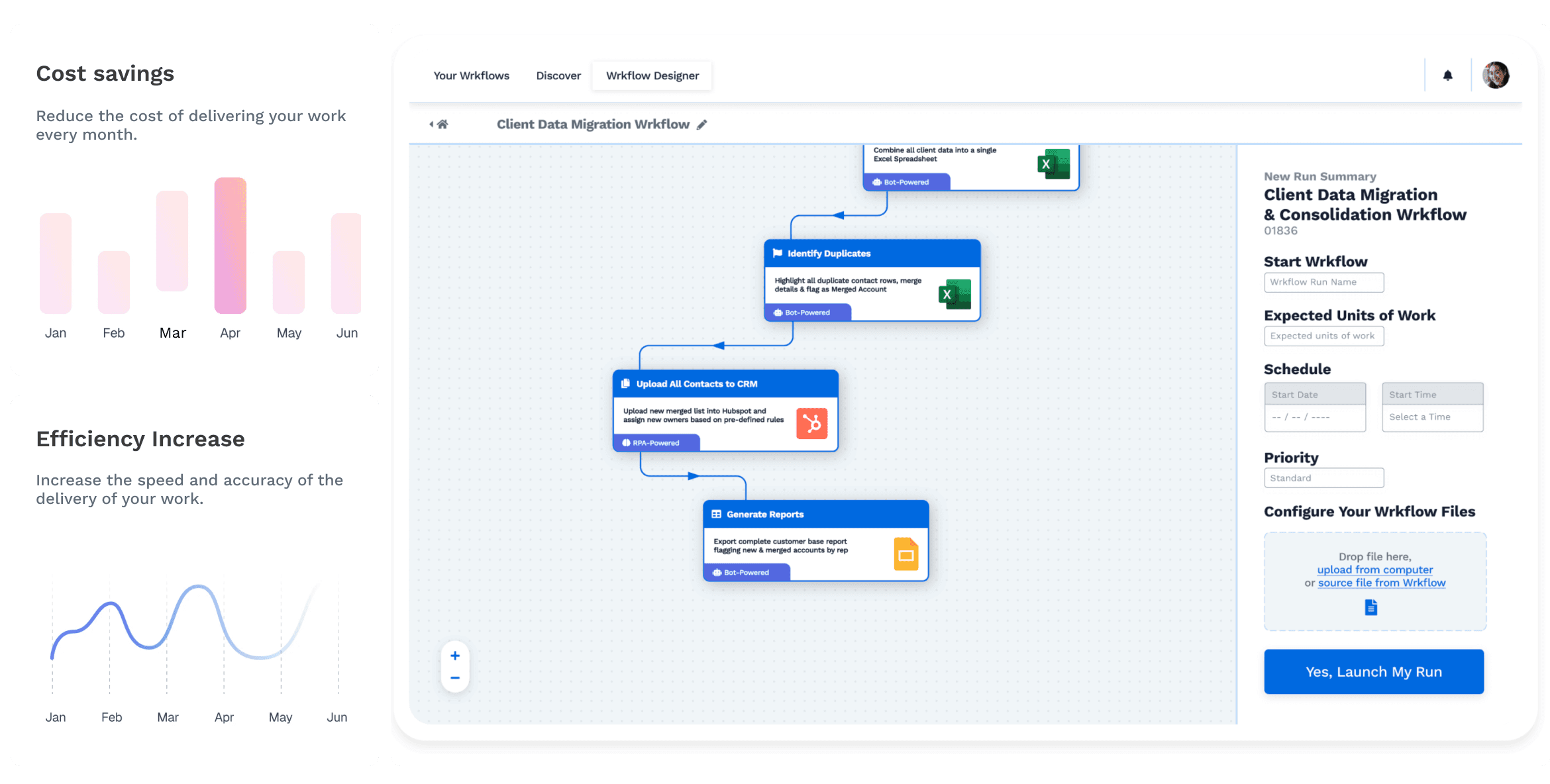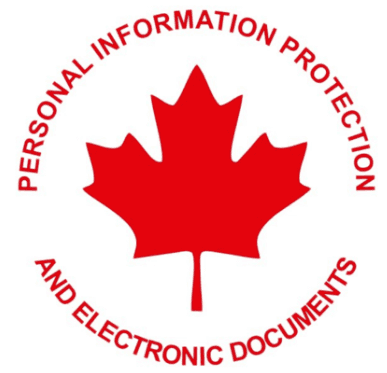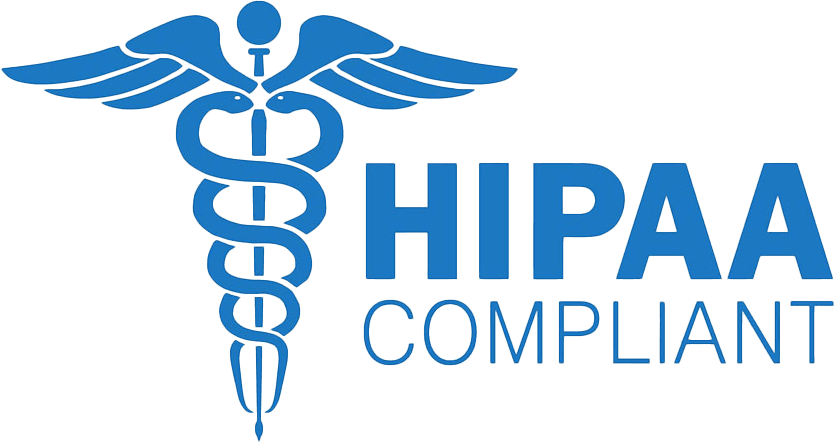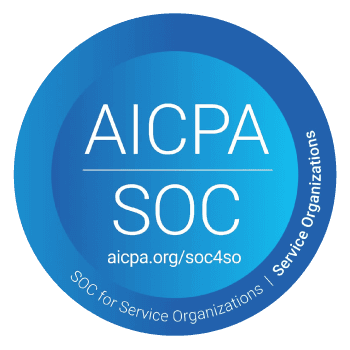Publish Date
2023-06-19
In today's digital landscape, Software-as-a-Service (SaaS) has emerged as a dominant business model
Offering businesses a wide range of cloud-based solutions. B2B SaaS refers to providing software services specifically tailored for business customers. However, in a highly competitive market, the success of SaaS companies relies heavily on effective lead generation.
This blog will explore strategies and techniques to help SaaS companies unlock growth opportunities through lead generation. But first, let's define B2B SaaS, understand the importance of lead generation, and gain an overview of growth opportunities in the industry.
Understanding B2B SaaS Lead Generation
Lead generation is the process of identifying and attracting potential customers who have shown interest in a product or service. In the context of B2B SaaS, lead generation involves capturing the attention and contact information of businesses that could benefit from the SaaS solution. B2B SaaS lead generation has unique aspects compared to other industries, such as longer sales cycles, complex buying processes, and the need to target specific decision-makers within organizations. Despite these challenges, effective lead generation is crucial for sustained growth in the highly competitive SaaS market.
Strategies for B2B SaaS Lead Generation
Identifying target audience and ideal customer profile (ICP)
To generate high-quality leads, SaaS companies must identify their target audience and develop an ideal customer profile (ICP). It involves conducting market research and competitor analysis to understand potential customers' needs, pain points, and preferences. SaaS companies can focus their lead generation efforts on the most promising prospects by defining ICP based on industry, company size, and other relevant criteria.
Content marketing and thought leadership
Creating high-quality content is an effective way to attract and engage the target audience. SaaS companies can produce informative blog posts, whitepapers, and videos that address industry challenges and provide valuable insights. By establishing thought leadership through content, SaaS companies can position themselves as trusted advisors and experts, increasing their credibility and attracting qualified leads.
Inbound marketing and lead capture
Optimizing the company's website for lead capture is essential. SaaS companies should create compelling landing pages, implement lead capture forms, and provide valuable content gated behind forms. By offering webinars, e-books, or free trials, SaaS companies can entice potential customers to share their contact information, enabling further engagement and nurturing.
Outbound marketing and prospecting
While inbound strategies are essential, outbound marketing can also play a significant role in B2B SaaS lead generation. Cold emailing and personalized outreach can help SaaS companies connect with decision-makers and initiate conversations. Additionally, leveraging social media platforms and professional networks can provide avenues for prospecting and building relationships with potential customers.
Partnerships and collaborations
Identifying strategic partners and complementary services can expand the reach of a SaaS company's lead-generation efforts. Collaborating on joint marketing initiatives, sharing resources, and cross-promoting can generate mutual benefits and attract leads from a wider pool of potential customers.
Account-based marketing (ABM)
Account-based marketing targets specific high-value accounts rather than casting a wide net. By personalizing marketing efforts for individual accounts and tailoring messages to their particular needs, SaaS companies can increase their chances of capturing the attention and interest of key decision-makers within those organizations.
Lead Nurturing and Conversion
Lead scoring and qualification
Defining lead scoring criteria enables SaaS companies to prioritize leads based on their likelihood of converting into customers. By assigning scores based on engagement level, company size, and budget, companies can focus their resources on the most qualified leads ready for sales engagement.
Marketing automation and email campaigns
Implementing marketing automation tools can streamline lead nurturing processes. SaaS companies can design email campaigns that deliver relevant and personalized content to leads, guiding them through the sales funnel. Automated workflows triggered by specific actions or milestones can ensure timely and targeted communication.
Webinars and product demos
Hosting webinars and offering product demos provide opportunities to educate and engage leads. Webinars allow SaaS companies to showcase their expertise, present industry trends, and address common challenges. Product demos enable potential customers to experience the value and functionality of the software firsthand, increasing their confidence and likelihood of conversion.
Customer testimonials and case studies
Sharing success stories through customer testimonials and case studies can help build trust and credibility. Highlighting satisfied customers' experiences and results demonstrates the SaaS solution's real-world impact. It provides social proof, reassuring potential customers and increasing their confidence in the product.
Efficient Lead Nurturing with Automation
Automation plays a crucial role in optimizing lead generation for B2B SaaS companies. With a growing number of leads and complex sales funnels, manually handling each lead can be tedious, time-consuming, and prone to human errors.
Data Tracking and Analysis
Marketing automation platforms provide robust tracking and analytics capabilities. You can monitor key metrics such as open rates, click-through rates, and conversion rates to gain insights into the effectiveness of your lead generation campaigns. With this data, you can identify areas for improvement, optimize your strategies, and make data-driven decisions to drive better results.
Lead Scoring and Segmentation
Automation platforms enable lead scoring and segmentation, allowing you to prioritize high-value prospects and tailor your communication more effectively. By assigning scores based on lead engagement, demographics, and other relevant factors, you can focus your resources on leads that are most likely to convert. Additionally, segmentation allows you to deliver personalized content and offers to specific groups, increasing the relevance and effectiveness of your lead generation efforts.
Other Emerging Trends in B2B SaaS Lead Generation
In addition to the established strategies mentioned earlier, several emerging B2B SaaS lead generation trends can further unlock growth opportunities for software-as-a-service companies.
Voice and conversational marketing
With the rising popularity of voice assistants and chatbots, voice and conversational marketing are becoming powerful tools for lead generation. SaaS companies can integrate voice-enabled chatbots on their websites or leverage platforms like voice search and smart speakers to engage with potential customers. Conversational marketing allows for real-time interactions, personalized recommendations, and immediate assistance, enhancing the overall lead-generation experience.
Start Automating with Wrk
Kickstart your automation journey with the Wrk all-in-one automation platform







